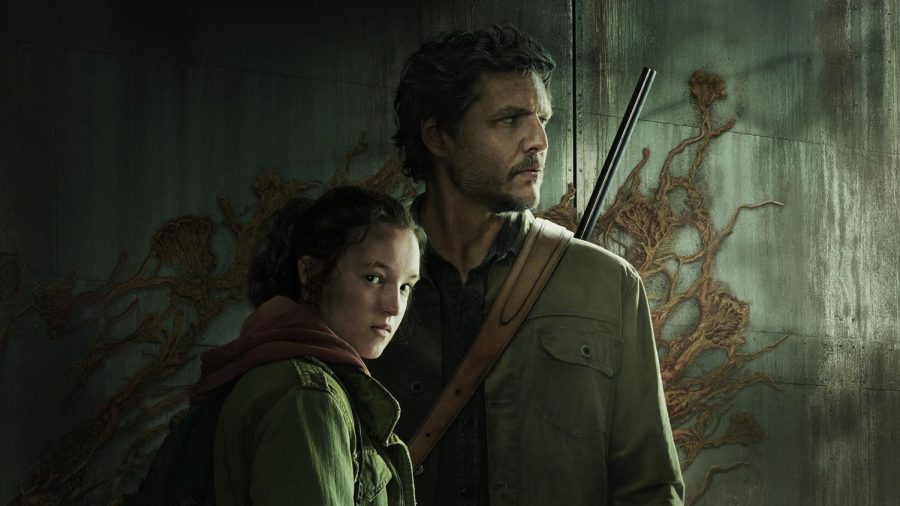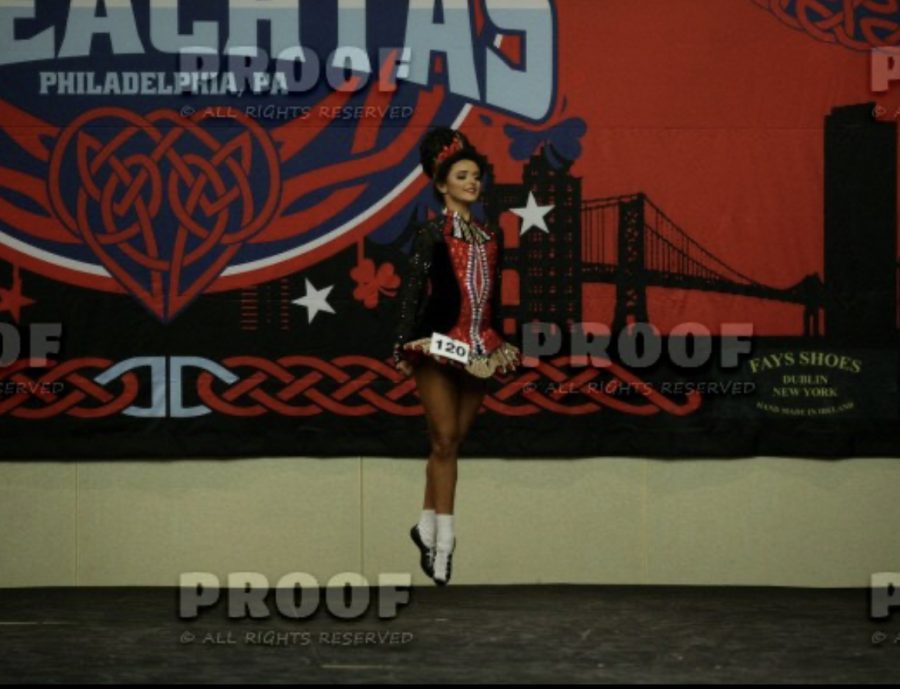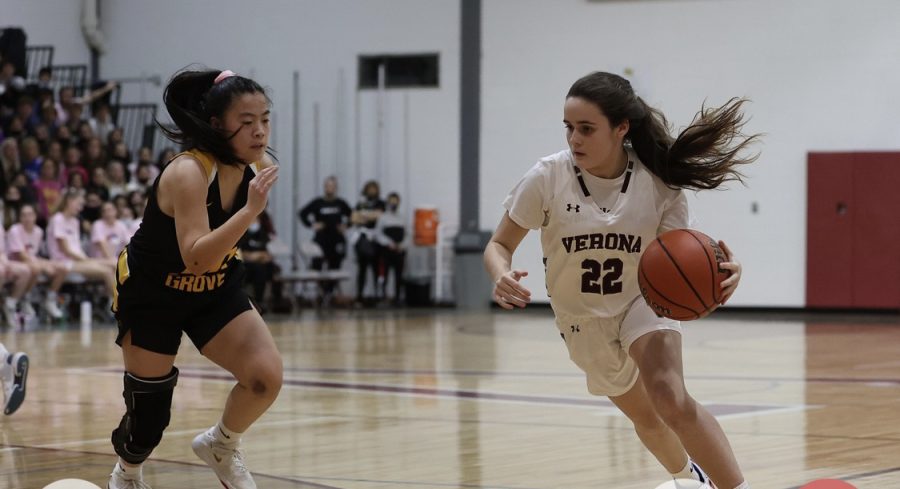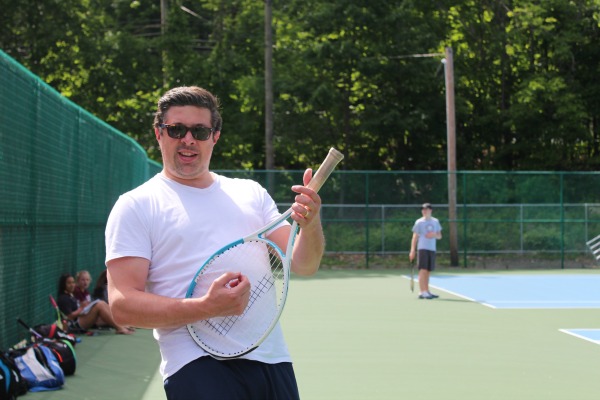Not for Combat; Just for Fun
Once used in life or death combat, fencing has turned into a leisure activity with uses ranging from therapy to Olympic competition.
Fencing is seen by some as simply two people poking each other with swords but it is more than that. Yes, technically it is the art of “poking without being poked” but it requires precision, focus, and poise. One needs the endurance of a runner, the agility of a gymnast, the gracefulness of a ballet dancer, and the intensity of a football player all in a harmonious balance.
More often than not when a fencer speaks to a non-fencer about fencing lingo, the words sound like gibberish. Here is the breakdown: fencing is separated into three different weapons. There is foil, sabre, and epee. Fencers do not call the pokey thing they use a sword, they call it the specific weapon it is. Epee is the heaviest, then sabre, and foil is the lightest. Foil and epee are point weapons; the tip of the weapon is the only part of the weapon that registers. In sabre one can use the whole blade. The sabre is most sword-like because you can slash and whip it. In epee you can touch all over and you do not need an electrical vest called a lame. In foil and sabre you need the lame to detect the touch because you can only score in the torso for foil and the torso and arms for sabre. The lame registers a hit.
Foil requires patience and precision, in epee one must set up the attack and have great tactical knowledge, and sabre is quick, requiring confidence and agility.
Fencing can get dangerous sometimes so to ensure safety, the uniform fencers wear requires many layers. From head to toe a fencer wears a mask, chest protector, plastron, body cord, jacket, lame, glove, head clip, knickers, socks, and shoes. The protective gear they wear on their head is not a helmet, it is a mask. Every individual wears the jacket, plastron (an extra protective layer they put on their fencing arm), chest protector (mandatory for girls, optional for boys), body cord, mask, knickers, socks, and shoes.
One “session” of fencing is called a bout and a bout lasts three minutes or five points, which ever comes first. The athletes normally fence on something called a strip. There is the director who judges the bout and makes sure the score is correct. When fencers get on the strip they themselves onto the reel. It starts at the weapon which has a plug for a body cord which is snaked up the person’s arm and down their back to hook onto a moveable wire which comes from the reel which is hooked up to the score-detector machine by wires. It seems like a lot but, like the uniform, you get the hang of it after a while.
To compete one goes to fencing tournaments, which consist of a round of pools where you are randomly selected to be in a group ranging of three to seven other people. Ideally, winning all of your bouts in pools will put you in a better spot in the next round but the outcome of pools does not necessarily jeopardize your chance of doing well. Typically you move onto the direct-elimination round, “DE’s” for short, where you have three three-minute rounds or whoever gets to 15 first. If you lose your first DE you are out of the tournament but if you win you keep moving onto the next person in a bracket system until you lose or win the tournament.
Fencing is immensely physically and mentally demanding. Many people call it physical chess because you always have to be one step ahead of your opponent. It is all about visualization, confidence, and making effective decisions quickly. It can also be about redemption as it is not impossible for a fencer down 0-4 to beat an opponent 5-4.













